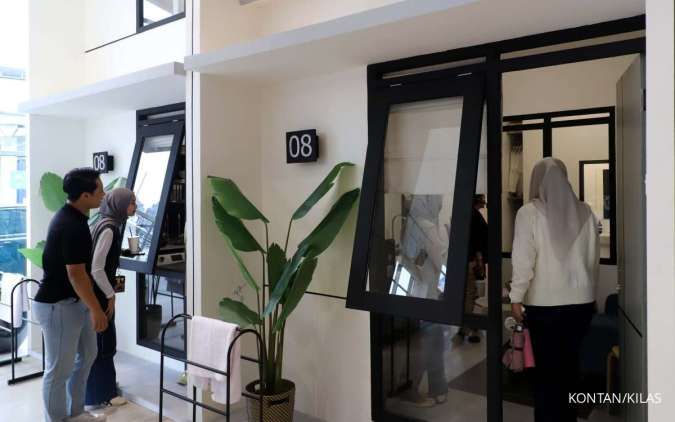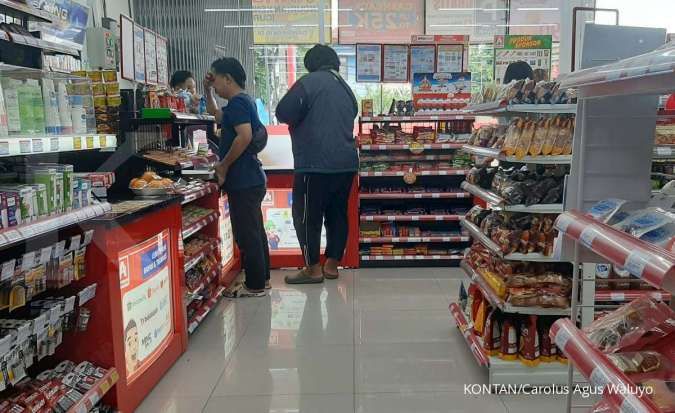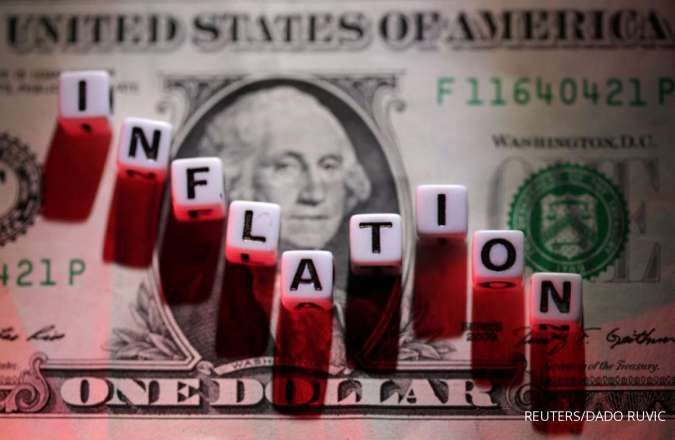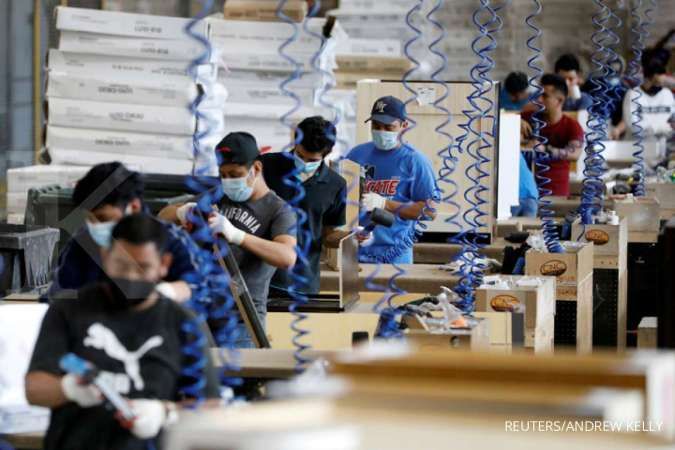KONTAN.CO.ID - WASHINGTON. U.S. prices rose marginally in December, keeping the annual increase in inflation below 3% for a third straight month, bolstering expectations that the Federal Reserve will start cutting interest rates this year. The timing of the anticipated rate cut is, however, uncertain as the report from the Commerce Department on Friday also showed consumer spending surging at the end of 2023 as Americans splurged over the holidays. Financial markets have pushed the odds of a March rate cut to below 50% in a nod to the economy's continued resilience. The U.S. central bank is expected to keep its policy rate unchanged at the current 5.25%-5.50% range at its meeting next week.
"The inflation trajectory is improving, giving the Fed leeway to cut rates this year," said Jeffrey Roach, chief economist at LPL Financial in Charlotte, North Carolina. "However, the Fed has further work to do and should not be tempted to declare 'mission accomplished.'" The personal consumption expenditures (PCE) price index increased 0.2% last month after an unrevised 0.1% drop in November, the Commerce Department's Bureau of Economic Analysis said. Food prices rose 0.1% and the cost of energy products increased 0.3%. Read Also
: World Court Orders Israel to Prevent Acts of Genocide, Fails to Order Ceasefire In the 12 months through December, the PCE price index increased 2.6%, matching November's unrevised gain. The inflation readings were in line with economists' expectations. Excluding the volatile food and energy components, the PCE price index gained 0.2% last month after rising 0.1% in November. The so-called core PCE price index increased 2.9% year-on-year, the smallest advance since March 2021, after rising 3.2% in November. The Fed tracks the PCE price measures for its 2% inflation target. Monthly inflation readings of 0.2% over time are necessary to bring inflation back to target, economists say. The dollar slipped against a basket of currencies. U.S. Treasury prices fell. On Thursday, the government reported that core PCE inflation increased at a 2.0% annualized rate in the fourth quarter after a similar rise in the July-September quarter. Though prospects of a March rate cut have diminished, a reduction in borrowing costs is still expected by June. Since March 2022, the Fed has raised its benchmark overnight rate by 525 basis points. Easing inflation, rising wages and households tapping their savings all combined to boost consumer spending and support the overall economy. Consumer spending, which accounts for more than two-thirds of U.S. economic activity, jumped 0.7% last month after rising 0.4% in November. There were gains in outlays of both services and goods.
Read Also: China Kicks Off Lunar New Year Travel Rush, Expects Record 9 Billion Trips Spending on services was lifted by financial service charges, fees and commissions as well as healthcare and gambling. Americans also stepped up purchases of new light trucks and spent more on prescription medication, clothing and footwear and recreational goods and vehicles. When adjusted for inflation, overall consumer spending increased 0.5% in December after a similar rise in the prior month. The solid increase in the so-called real consumer spending puts consumption on a higher growth trajectory heading into the first quarter. The data was included in the fourth quarter's advance gross domestic product report published on Thursday. Consumer spending increased at a strong 2.8% rate last quarter, accounting for the bulk of the economy's 3.3% growth pace. The pace of growth in consumer spending is, however, likely to moderate in the months ahead. Personal income increased 0.3% in December after rising 0.4% in November. The saving rate dropped to a one-year low of 3.7%, from 4.1% in November.





